Flicker
Posts: 229
Joined: 11/24/2011
From: Rocket City USA
Status: offline

|
Yes, heavy bombers were used to attack Japanese-held ports.
This is a great story:
quote:
Old 666, B-17E 41-2666 was a World War II B-17 Flying Fortress Bomber which was assigned to the United States' 43rd Bomb Group in 1943...
By 1943, Old 666, tail number 41-2666, had suffered heavy battle damage and had gained a reputation as a cursed bomber, often coming back from missions with heavy damage. Grounded at Port Moresby Airport, it was parked at the end of the runway where other aircrews could cannibalize it for needed parts...
Captain Zeamer, who had been unable to acquire an aircraft of his own, had the bomber towed out of the 'bone yard' and, with enormous effort, not only restored the badly battered aircraft to flight status but made many changes.
They included increasing the number of machine guns from 13 to 19, replacing the waist gunners' standard single guns with twin guns, replacing all .30 cal machine guns with the larger and more powerful .50 cal, and adding a fixed-position gun that could be fired from the pilot's station... These modifications made Old 666 the most heavily armed bomber in the Pacific Theater.
...Zeamer and crew made a skip-bombing run on a Japanese aircraft carrier, swooping within fifty feet of its decks.
A few days later on a daylight bombing raid over Rabaul, Old 666 came in so low it was brushing the roofs of the housetops. On a night mission over Wewak the Japanese gunners on the ground managed to fix the flight of incoming American bombers in the glare of several large searchlights, but, in an audacious display of airmanship, Zeamer dove on the positions, shooting out three lights and damaging two others.
...special mission: an unescorted, single-ship mapping mission over hostile territory. Capt. Zeamer and crew volunteered... 'Old 666' and crew headed for Bougainville, where they were instructed to take reconnaissance of the Japanese controlled island, to determine logistics and enemy strength for the upcoming Invasion of the Solomon Islands.
The flight required flying over 600 miles (970 km) of open sea to reach the target. By 7:40 a.m., with only 22 minutes of flight-time remaining to complete its mission, Old 666 was intercepted by at least 17 Japanese fighters (15 A6M Zeros and 2 Ki-46 Dinahs) of the 251st Kokutai Squadron, commanded by Chief Flight Petty Officer Yoshio Ooki.[2] After making a pass at the heavily armed tail, the fighters came in against the normally lightly armed nose, only to find that this specific bomber possessed much-heavier forward firepower, resulting in two A6M Zeros being shot down. 20mm cannon shells from a third Zero smashed into the cockpit and nose, wounding both Zeamer and Sarnoski before being shot down itself.
...Zeamer, however, was not dead, and lived to receive the Medal of Honor; Sarnoski was awarded his Medal of Honor posthumously. In one of the most decorated flights in history, the rest of the crew received Distinguished Service Crosses.
http://en.wikipedia.org/wiki/Old_666
More of the same:
quote:
In August and September 1942 Major William Benn, who had come to Australia as General Kenney's aide and then given command of the B-17s of 63rd Squadron, 43rd Bombardment Group, began practicing the new skip-bombing technique on a wrecked ship in the harbor at Port Moresby. Rather than releasing their bombs from high above the enemy ship, the plan was for Benn's daring pilots to fly as low as 200 feet, aiming the nose of their bombers directly at enemy targets, and then releasing their bombs on a near horizontal trajectory to skip across the water into the ship's side. Under combat conditions the pilots would be flying directly into the enemy guns at speeds over 200 miles per hour. The bombs were to be released from a distance of 300 yards or less, forcing the pilot to climb quickly to avoid collision. The practice was dangerous and required concentration and nerves of steel.
By October 23, 1942, Benn's pilots were ready to try the concept on actual enemy targets. During a night raid over Rabaul six Flying Fortresses dropped bombs on the enemy harbor from 10,000 feet, while six other B-17s came in at 100 feet to skip their bombs. Piloting the bomber named Black Jack, Captain Ken McCullar sank a destroyer with two hits amidships...
During those late-October missions Captain McCullar flew into Rabaul three times with a particular good friend in the navigator's chair once, and then in the copilot's seat twice. That friend was the most likeable man in the 43rd Bombardment Group, an officer who was generally popular everywhere except in the cockpit.
Until the missions with McCullar no one had wanted to fly with Lieutenant Zeamer. For this reason he had no assigned airplane or crew. Instead, he roved the entire group as a "pilot-at-large". To make matters more complicated, Jay Zeamer wasn't actually even a pilot.
He was, in fact, the most senior non-pilot, pilot in the entire Group.
http://www.homeofheroes.com/wings/part2/07_zeamer_sarnoski.html
< Message edited by Flicker -- 12/1/2013 2:09:40 AM >
|
 Printable Version
Printable Version
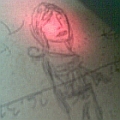











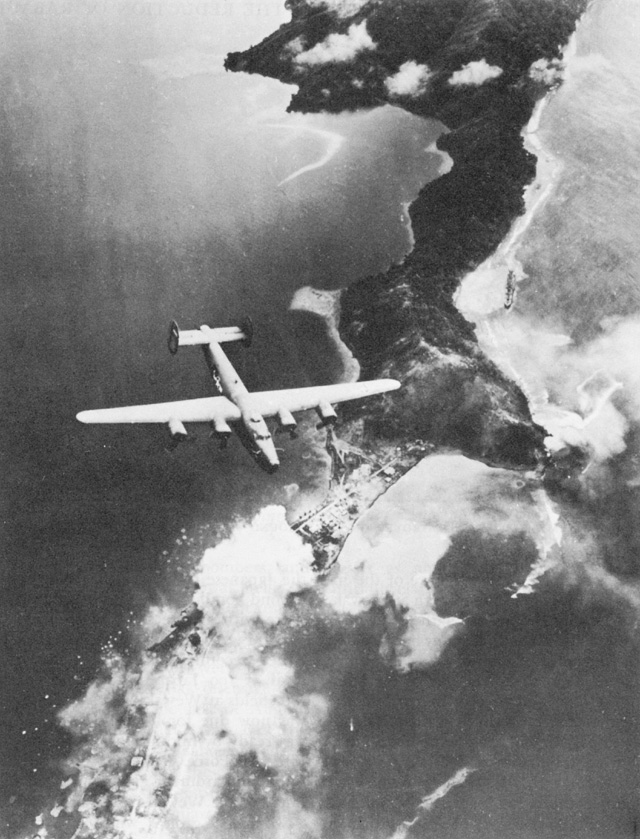
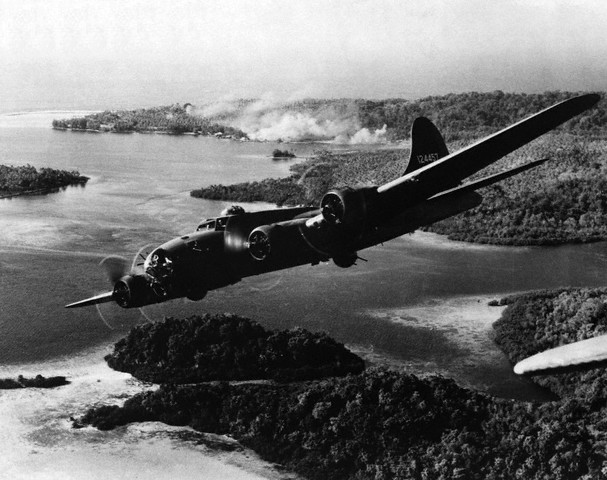
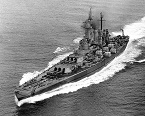
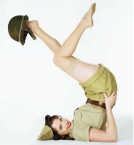


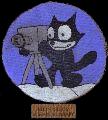


 changing the battlefield in a chirurgical way - all B-17s are back home safely without a single bullet hole in their skins, enemy will surely get some CAP over the base for the next turn limiting available LRCAP over Palembang invasion force (creating opportunity for me), Kumano will take months to repair, and I have to find at least 17 DSMs for all those "Chuck Norrises" serving as bombardiers while they are given rest for next turn...
changing the battlefield in a chirurgical way - all B-17s are back home safely without a single bullet hole in their skins, enemy will surely get some CAP over the base for the next turn limiting available LRCAP over Palembang invasion force (creating opportunity for me), Kumano will take months to repair, and I have to find at least 17 DSMs for all those "Chuck Norrises" serving as bombardiers while they are given rest for next turn... 
 Once again , let's try to come up with unrealistic house rules for the sole purpose of making life easy for the JFB! The only way I think you could even begin to sell that hair brain idea is to prohibit IJA from landing at IJN bases and vice versa. And lets no let ANY JFB units sail from IJN bases while we are at it! Pretty silly , eh?
Once again , let's try to come up with unrealistic house rules for the sole purpose of making life easy for the JFB! The only way I think you could even begin to sell that hair brain idea is to prohibit IJA from landing at IJN bases and vice versa. And lets no let ANY JFB units sail from IJN bases while we are at it! Pretty silly , eh? 


 New Messages
New Messages No New Messages
No New Messages Hot Topic w/ New Messages
Hot Topic w/ New Messages Hot Topic w/o New Messages
Hot Topic w/o New Messages Locked w/ New Messages
Locked w/ New Messages Locked w/o New Messages
Locked w/o New Messages Post New Thread
Post New Thread